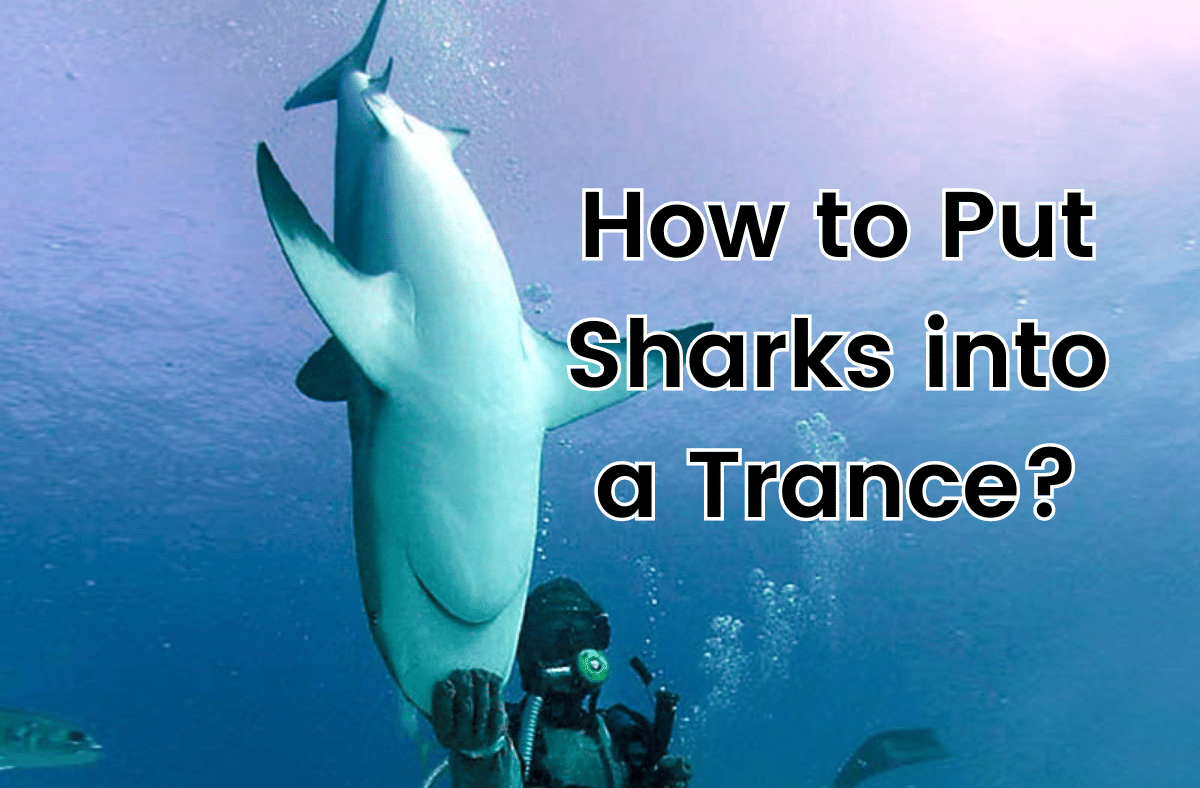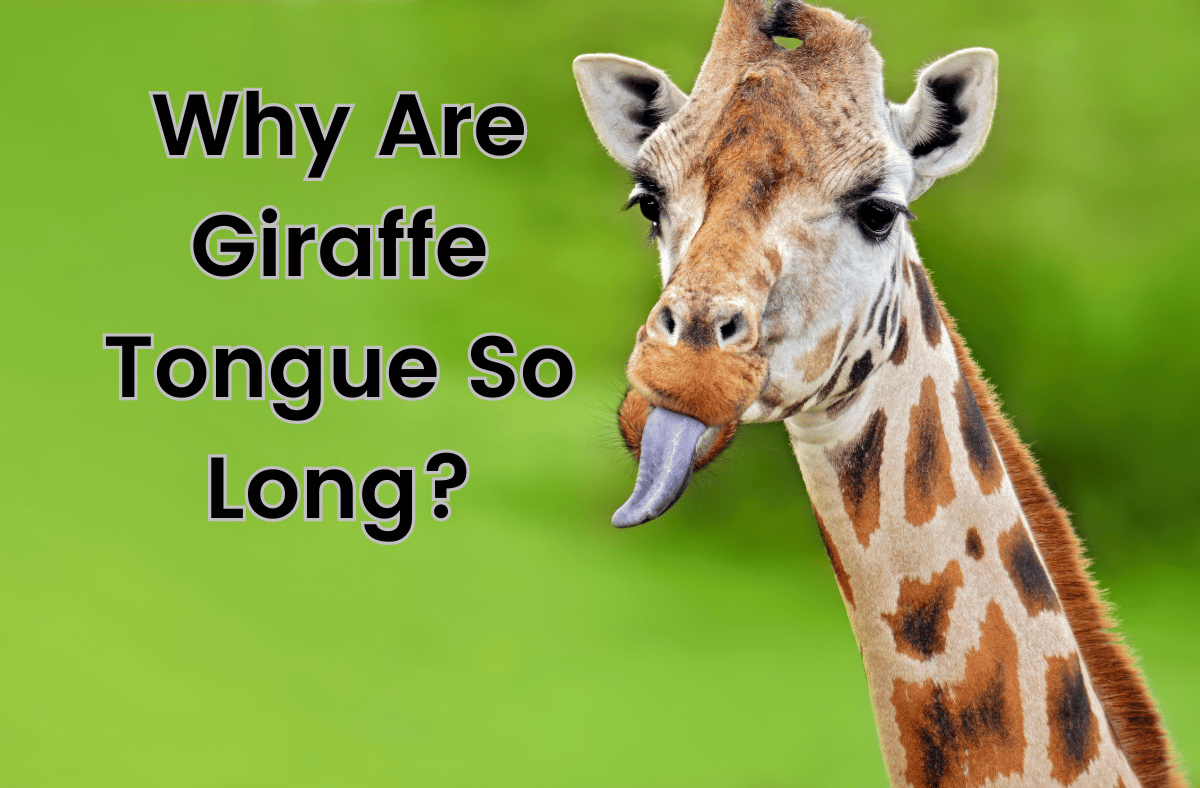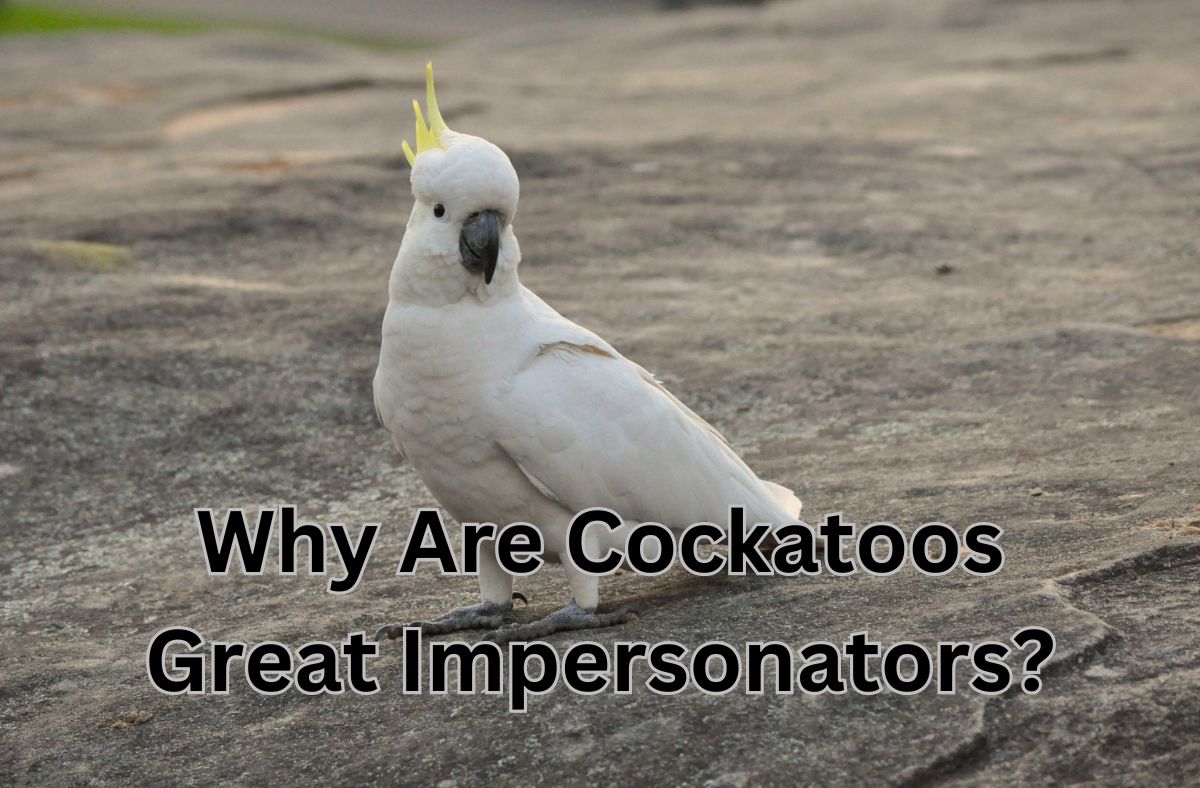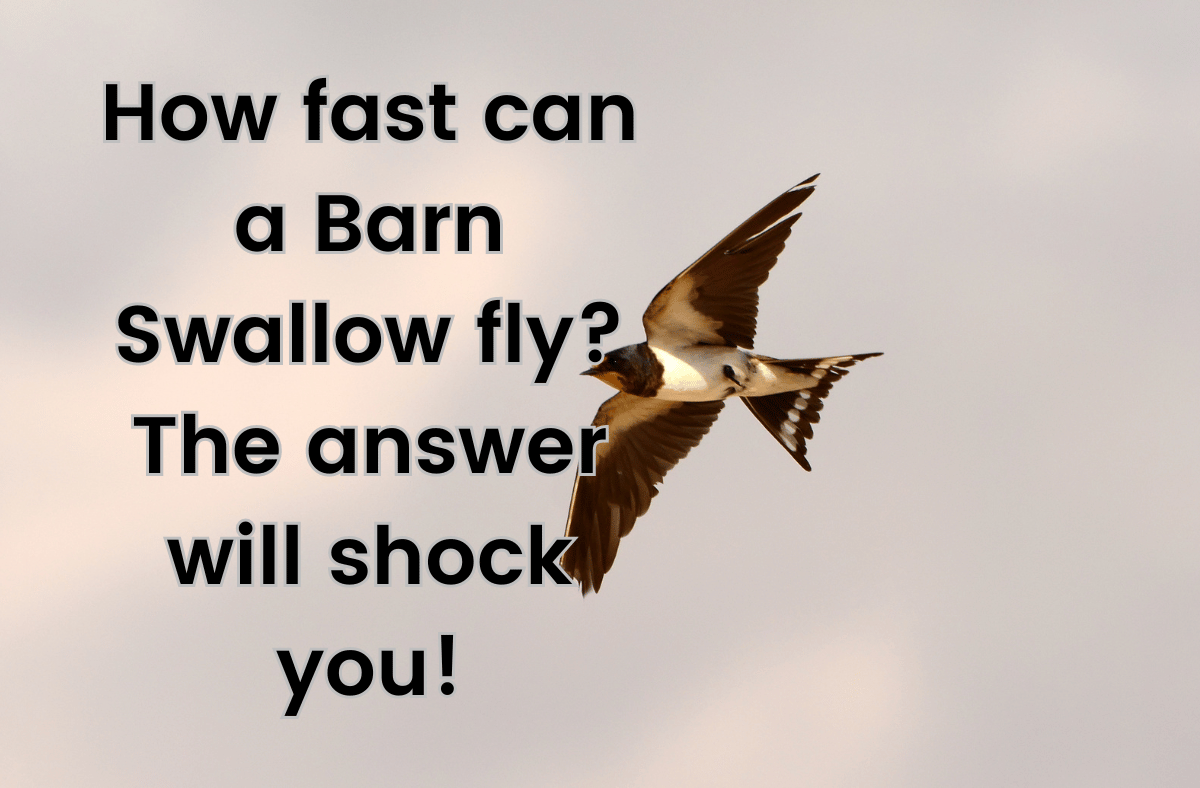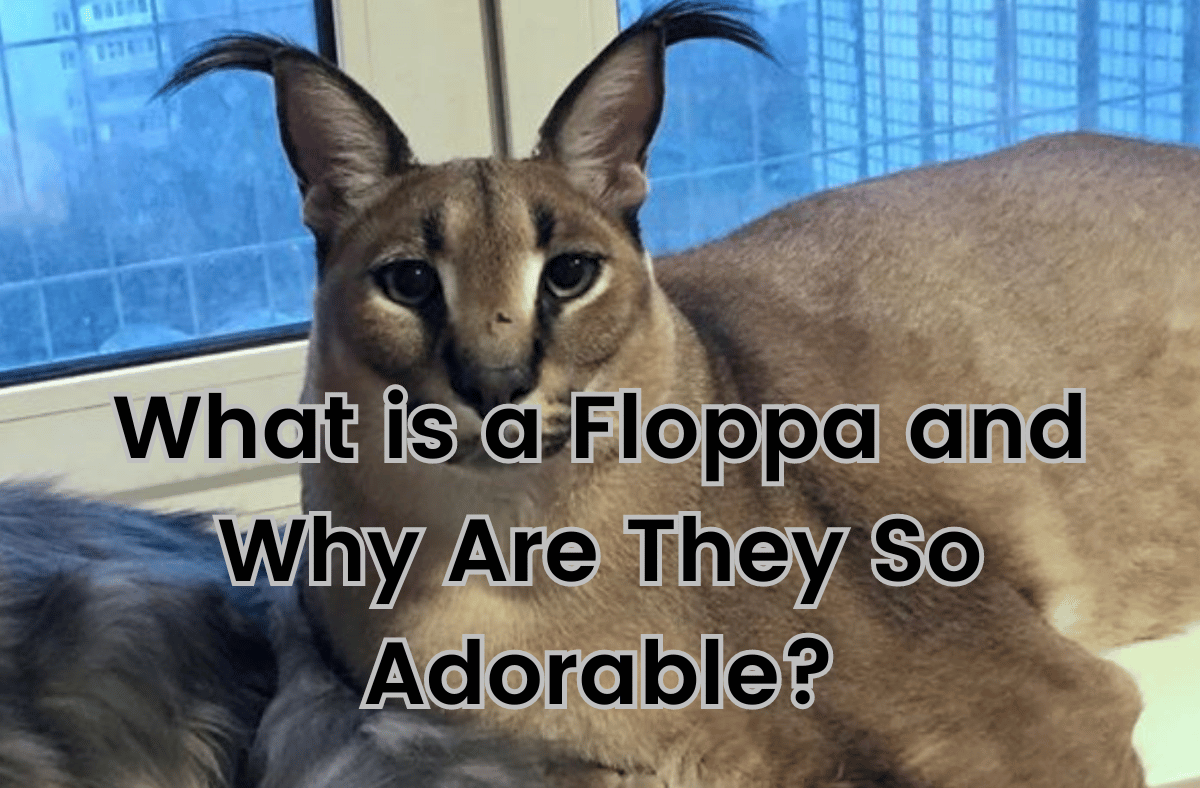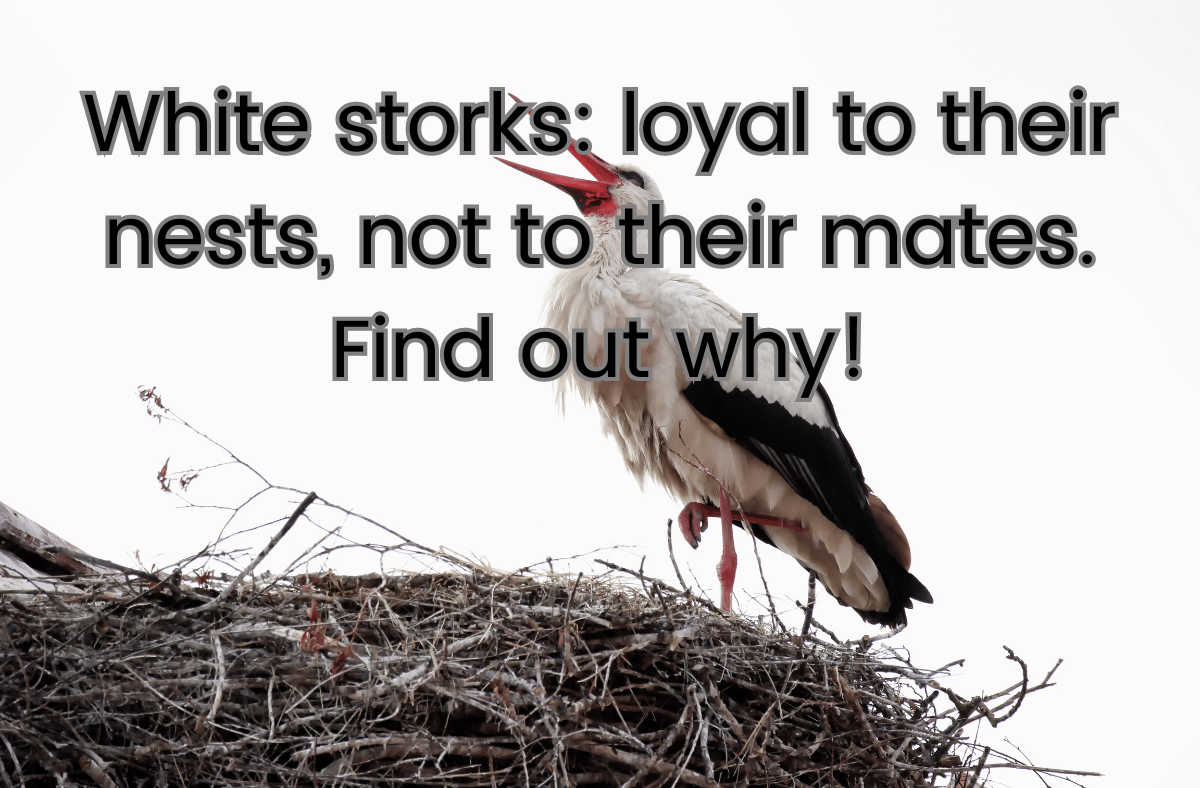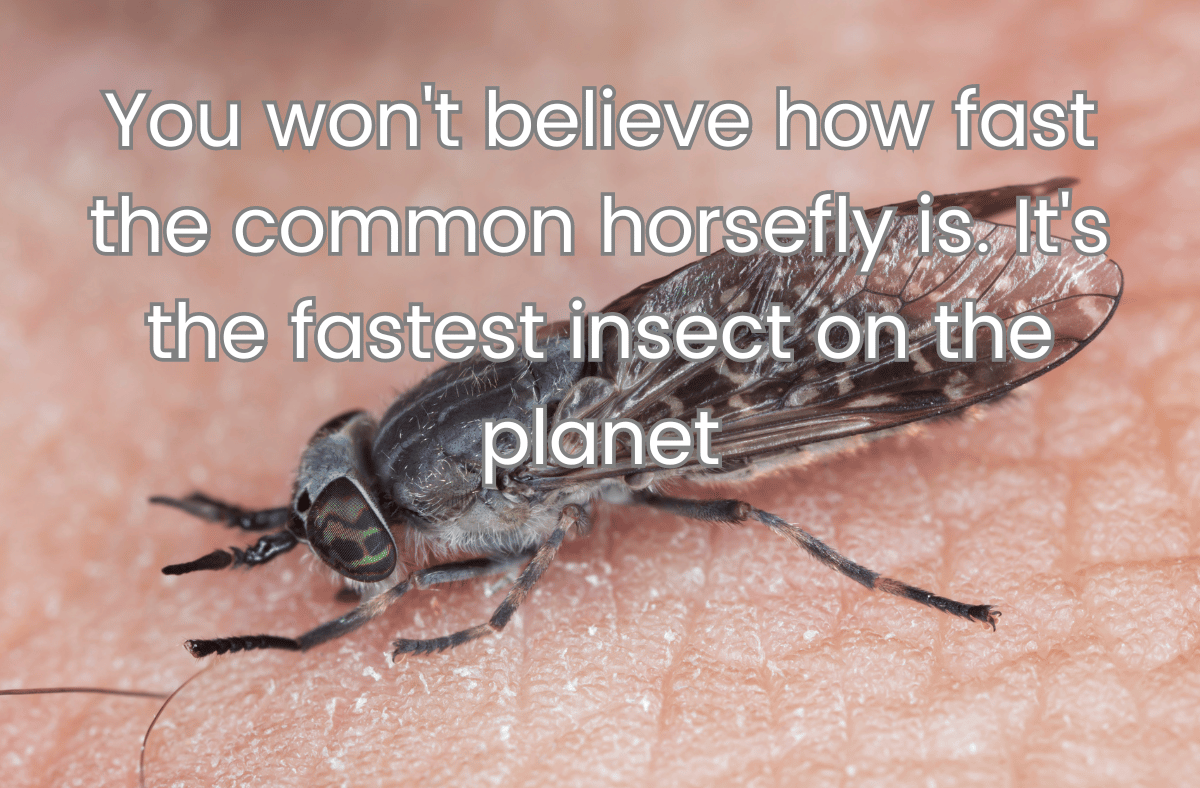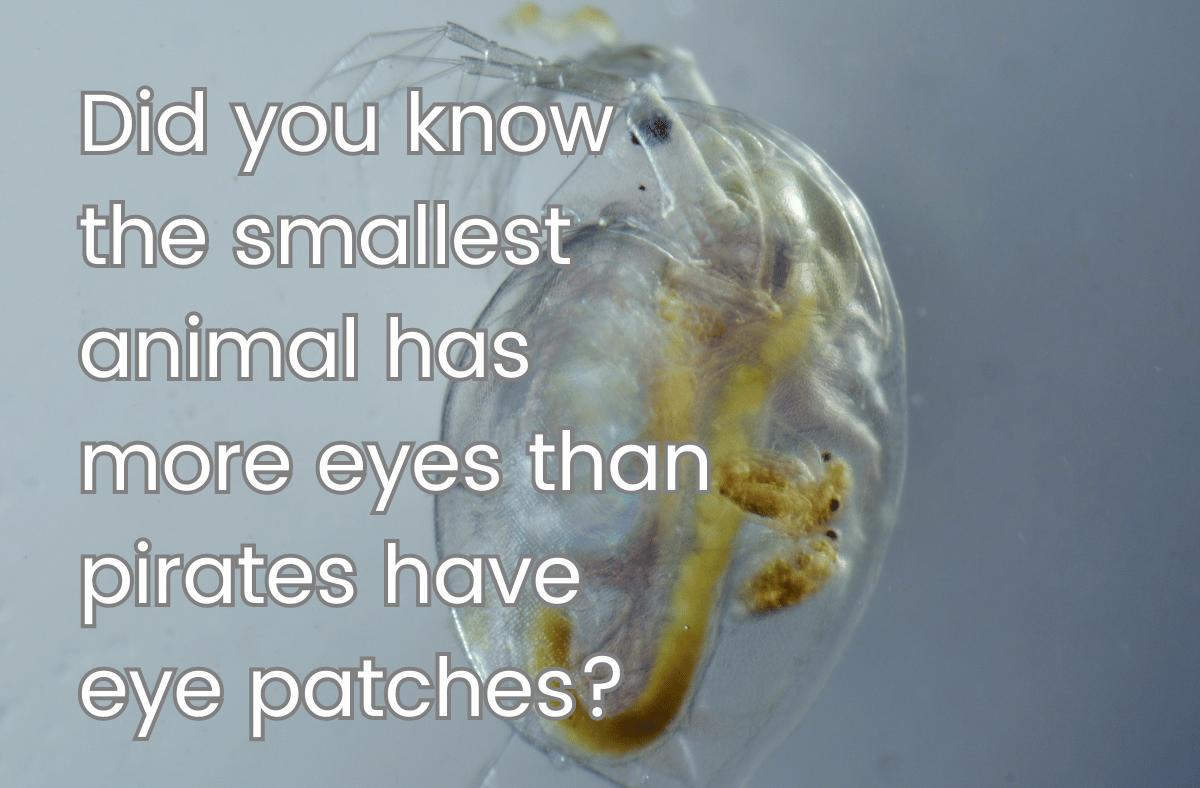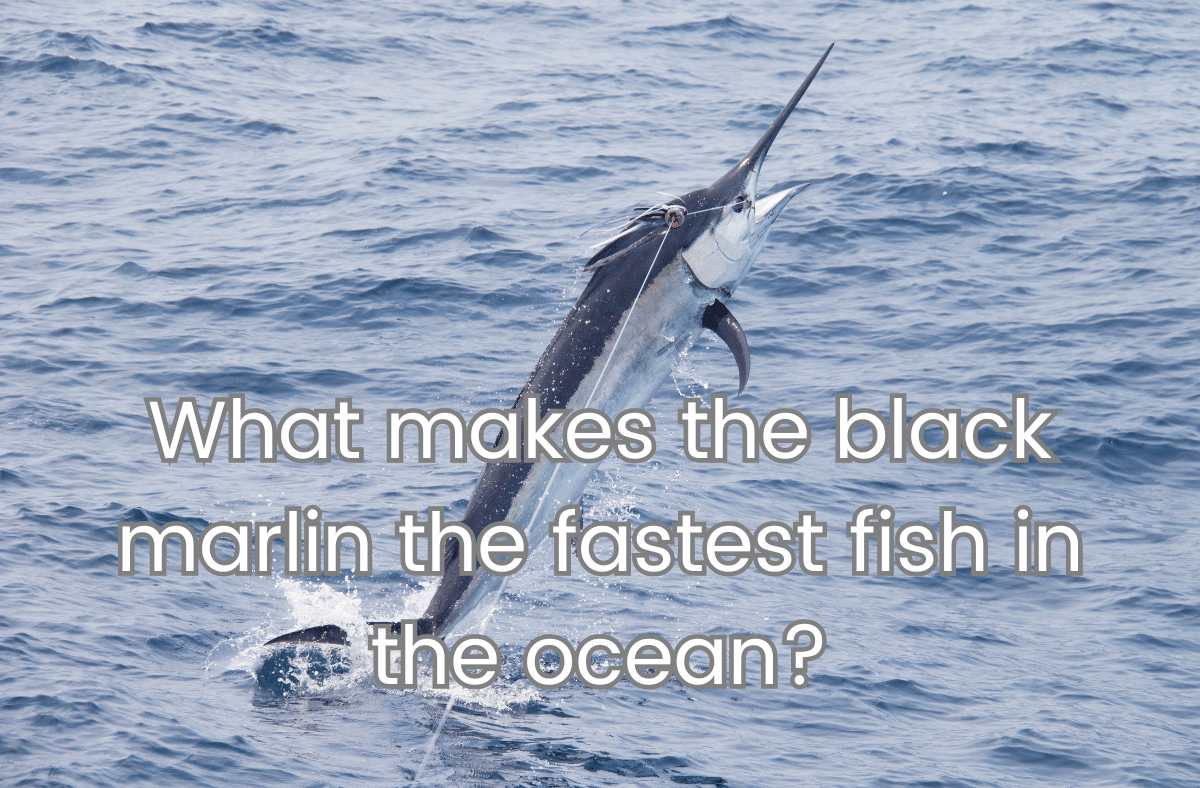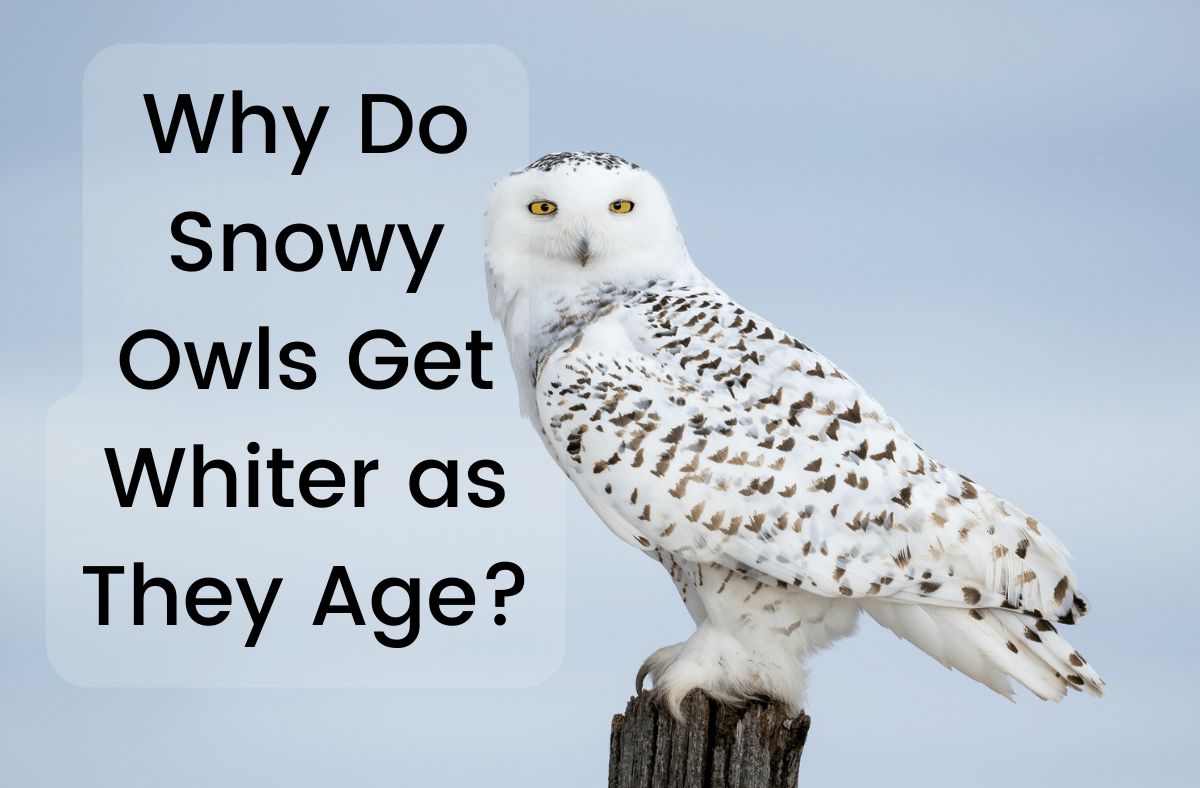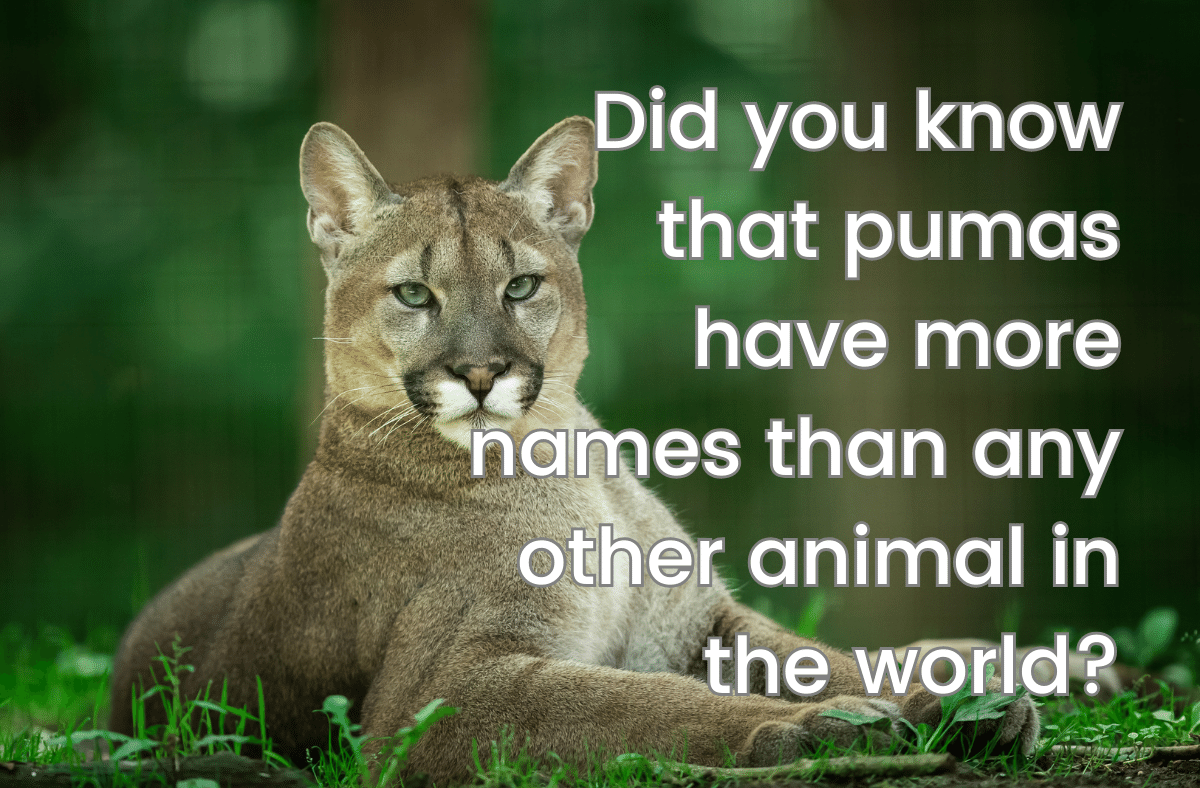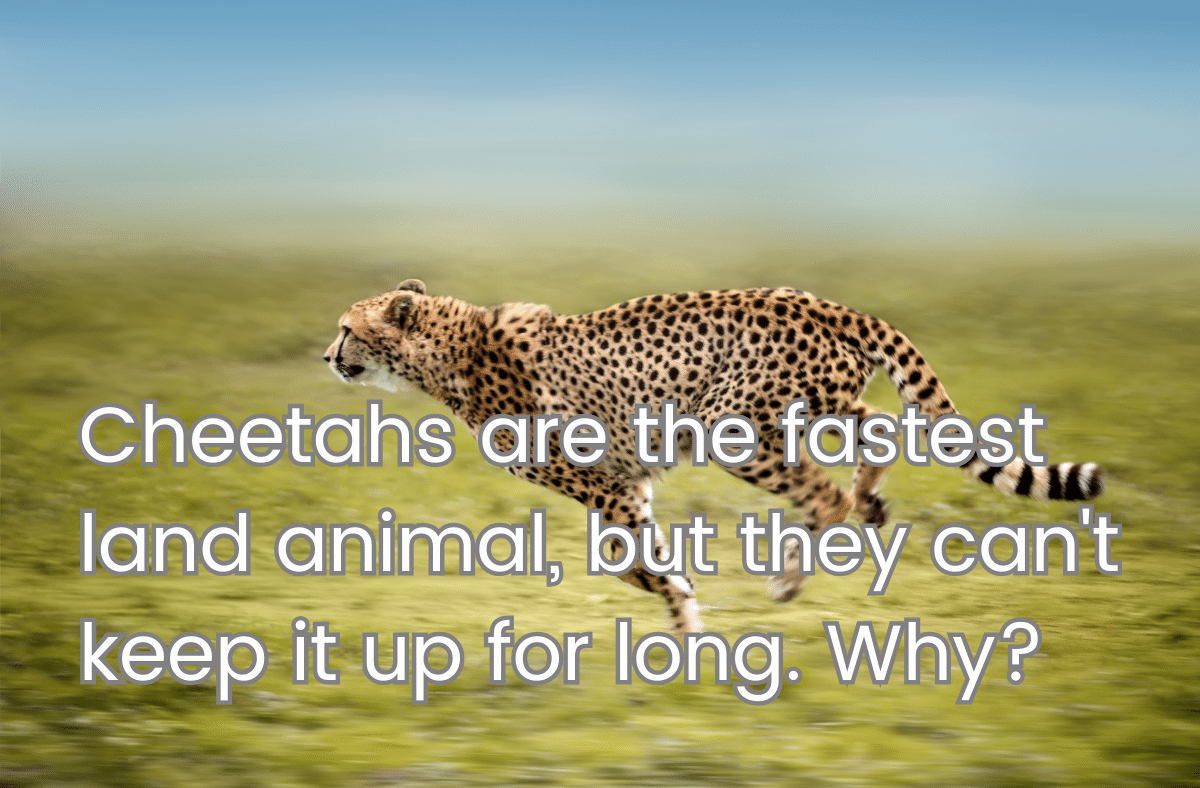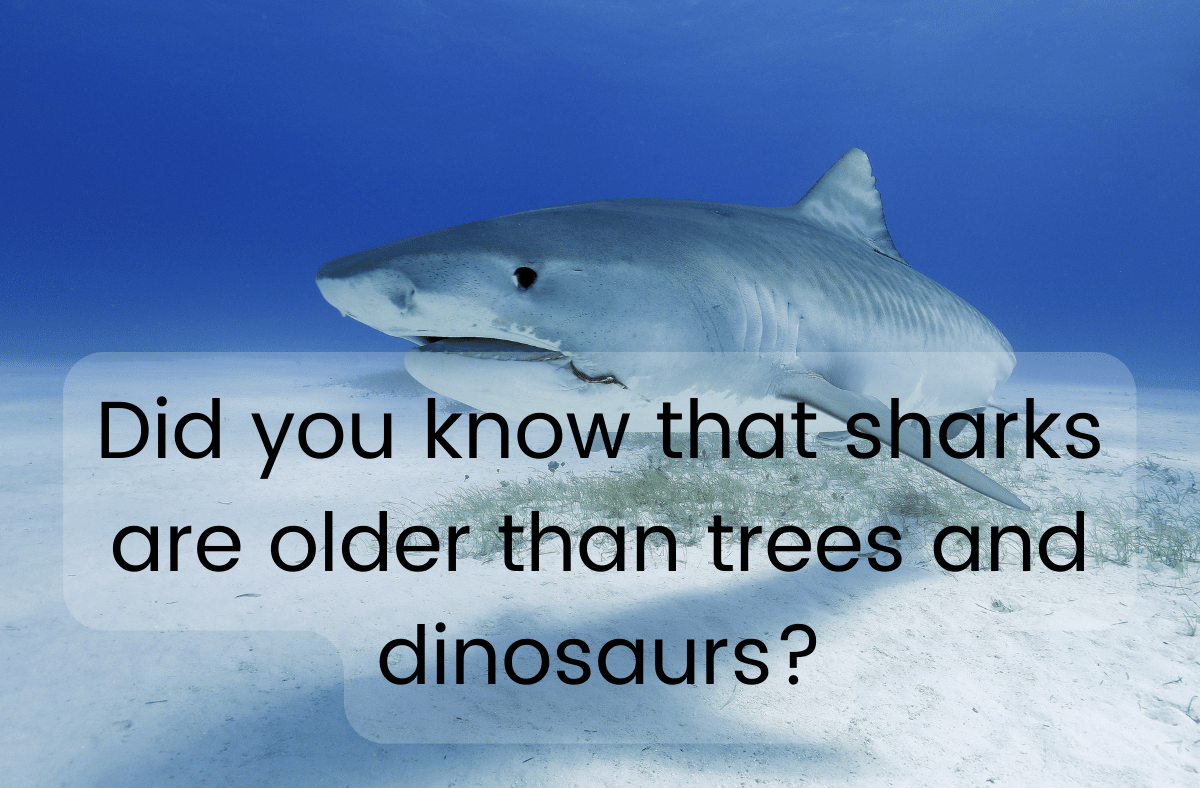For those in a hurry
- Meerkats are not cats, they are mongooses. But they are not gooses either, they are mammals.
- They live in the deserts and grasslands of southern Africa, in groups called mobs.
- Meerkats work together to find food, watch out for predators and take care of their babies.
- They have brown-striped fur, a pointed face and large eyes with dark patches.
- Meerkats can stand on their rear legs and make different sounds to communicate.
What are meerkats?
Meerkats are small animals that belong to the mongoose family. They are also called suricates, which means “lake cat” in Dutch. But they are not cats at all, nor do they live near lakes. They are mammals, which means they have fur, give birth to live young and produce milk to feed them.
Where do they live?
Meerkats live in the dry regions of southern Africa, such as the Kalahari Desert and the Namib Desert. They prefer open areas with sandy soil, where they can dig their burrows. A burrow is a tunnel system with multiple entrances, exits and rooms. Meerkats use their long, sharp claws to dig their burrows, which can be up to 5 meters long.
How do meerkats survive?
Meerkats are very social animals. They live in groups of different sizes, from 3 to 50 members. These groups are called mobs, gangs or clans. Meerkats work together to find food, watch out for predators and take care of their babies.
Meerkats are omnivores, which means they eat both plants and animals. Their diet includes insects, spiders, scorpions, lizards, birds, eggs, fruits and roots. They use their keen sense of smell to locate their prey, and their teeth and claws to catch and kill it. They can even eat venomous scorpions and snakes without getting hurt.
Meerkats have many enemies in the wild, such as eagles, hawks, jackals and snakes. To protect themselves, they have a system of sentries. A sentry is a meerkat that stands on a high point, such as a termite mound or a rock, and scans the sky and the ground for danger. If a sentry sees a threat, it makes a loud alarm call to warn the others. Then the meerkats run to the nearest bolt hole, which is a safe place where they can hide.
Meerkats also have a way of communicating with each other using different sounds. They can purr, chirp, growl, bark and squeak to express their feelings and intentions. For example, they purr when they are happy or content, they chirp when they want to play or groom each other, and they growl when they are angry or scared.
How do they reproduce?
Meerkats usually mate during the rainy season, when food is more abundant. The female meerkat gives birth to 2 to 4 babies after a gestation period of about 11 weeks. The babies are called pups or kits. They are born blind, deaf and helpless. They stay in the burrow for the first few weeks of their life, where they are nursed by their mother and guarded by other members of the mob.
When the pups are about 3 weeks old, they start to explore outside the burrow. They learn how to hunt and avoid predators by following their elders. They also learn how to play and socialize with their siblings and cousins. Meerkats are very playful animals. They like to wrestle, chase and bite each other for fun.
Meerkats reach sexual maturity at about one year of age. They can live up to 14 years in the wild.
Why are meerkats so cute?
Meerkats have many features that make them look adorable to humans. They have bushy, brown-striped fur that helps them blend in with their surroundings. They have a small, pointed face with a black nose and whiskers. They have large eyes with dark patches around them that reduce the glare from the sun. They have small ears that can close when they dig in the sand.
But perhaps the most charming feature of meerkats is their posture. They can stand on their rear legs and balance themselves with their tail. This allows them to see farther and look more alert. It also makes them look like little people wearing fur coats.
Meerkats are not only cute but also smart and cooperative animals that have adapted well to their harsh environment. They are fascinating creatures that deserve our respect and admiration.





